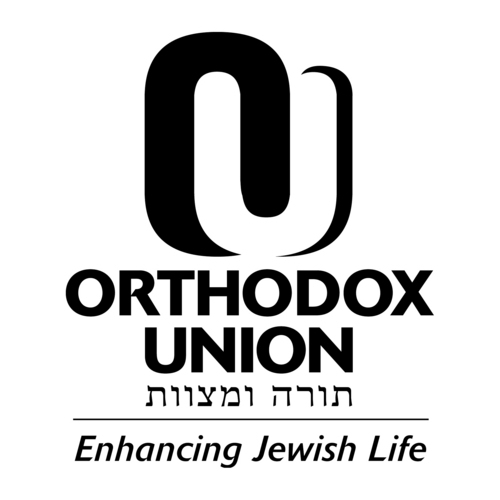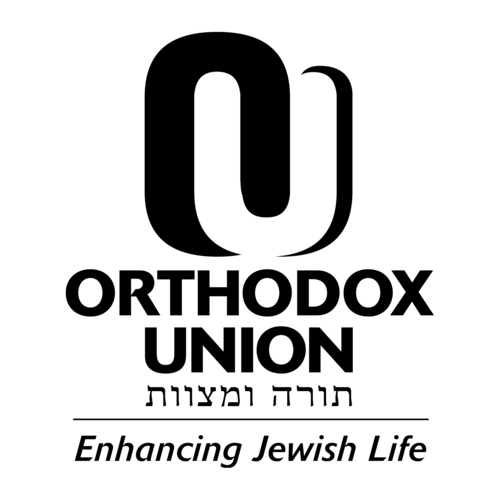 The Orthodox Union, after a year of discussions with various stakeholders, has issued a statement establishing a three-year period for member shuls that employ female clergy to alter or reorganize processes and responsibilities in order to bring all shuls into compliance with OU standards, which explicitly state that a woman cannot serve as a rabbi of one of its member congregations. Women can and do work in shuls in other roles: as high-level Torah teachers, scholars, yoatzot, social workers and pastoral counselors; those roles have been expressly delineated in previous statements.
The Orthodox Union, after a year of discussions with various stakeholders, has issued a statement establishing a three-year period for member shuls that employ female clergy to alter or reorganize processes and responsibilities in order to bring all shuls into compliance with OU standards, which explicitly state that a woman cannot serve as a rabbi of one of its member congregations. Women can and do work in shuls in other roles: as high-level Torah teachers, scholars, yoatzot, social workers and pastoral counselors; those roles have been expressly delineated in previous statements.
Last February, the OU released a 17-page report from their rabbinic panel, which included the top rabbinic scholars associated with Yeshiva University’s rabbinic staff, including Rabbi Hershel Schachter, who is considered the movement’s leading posek, on women serving as clergy in member synagogues. In that statement, the OU concluded it is not halachically permissible for women to serve as rabbis, and its member synagogues should continue to not employ women as rabbis; however, in a departure from previous statements, it defined a range of leadership roles that are acceptable for women in synagogue and community life, with the caveat that those roles, such as ones relating to yoatzot, also must be acceptable to the rabbis working inside each specific community.
In the intervening time, the OU, on the rabbinic panel’s suggestion, has established a department of women’s initiatives and hired Dr. Adina Shmidman, rebbetzin of the Lower Merion Shul in the Philadelphia suburbs, as its director. Topics that department is directed to advise and work on include defining women’s leadership roles, developing lay leadership and training opportunities, initiating learning groups, promoting and providing opportunities for female scholars to serve as speakers and scholars-in-residence, creating events for young women for Torah and secular learning opportunities, wellness, developing ways for capturing community feedback, and understanding and optimizing synagogue usability.
In the case of four OU member shuls that employ women in rabbinic capacities—Hebrew Institute of Riverdale in the Bronx; Beth Shalom in Potomac, Maryland; B’nai David-Judea in Los Angeles; and Ohev Shalom in Washington, D.C.—the OU explicitly stated it would make no move to eject synagogues or individuals, though all the women in question have received rabbinic degrees from Yeshivat Maharat, Rabbi Avi Weiss’ rabbinic-degree-granting seminary for women, which grants a semicha that is often at odds with other OU communal and partner institutions.
Allen Fagin, the executive vice president of the OU, sought to contextualize the impact of the statement. “The emphasis is not on this handful of OU shuls [that employ women as clergy]; we are talking about less than 1 percent of our shuls. We have said definitively that if you want to be an OU member shul you have to be in compliance with OU rules. There is a narrow exception for a handful of shuls that currently employ female clergy and did so prior to the enunciation of our policy a year ago.”
“With respect to those shuls, we are making clear that the responses of the rabbinic panel are our standards. We want to put a process in place to work with those shuls, in the hopes that they will modify their practices so that they will come into compliance with the responses of the rabbinical panel. That will take time; we will work with them for a three-year period. Our fervent hope is that they will come into conformity,” said Fagin.
“Each of the four shuls has had female clergy in their employ for a considerable period of time—and certainly well before the issuance of the rabbinic responses and the OU statement,” the newest OU statement noted. “Moreover, we are taught that communal unity and darchei shalom (ways of peace) are significant core Jewish values that must be weighed, advanced and nurtured; in this regard, we were guided by the views expressed by our rabbinic panel…we will not take action with respect to these congregations based on their existing arrangements in the employment of female clergy. This determination is not—and should not be viewed—as an endorsement of such arrangements. To the contrary, we will continue to urge these synagogues to modify their practices out of respect for the guidelines we have adopted.”
“Our dialogue with these congregations will continue, and we will share with them the alternative approaches we have identified (and will, in the future, continue to identify) to maximize the participation of women within the ranks of synagogue professionals in a manner consistent with the responses of our rabbinic panel.”
Rabbi Shmuel Herzfeld, rabbi of Congregation Ohev Shalom in Washington, D.C., expressed his opposition to the statement, explaining his belief that “the OU does not get to define what is Orthodox.” He added that the statement the OU had just made was “horrible.”
“These men in the leadership of the OU don’t want to give proper credit and respect to women. When they came to our office, they spoke to the maharats and asked them to change their title. The chutzpah. I feel that there is very weak leadership at the helm of this organization,” Rabbi Herzfeld said.
Rabbi Herzfeld also expressed his hope about what would happen at the conclusion of this sunset or grandfather clause.“They said that they will reevaluate in three years. I pray that in these three years, the OU will be reevaluated, that there will be new leadership that will not be so narrow-minded and short-sighted, and that they can grow and be a more open and inclusive organization.”
Rabbi Steven Pruzansky, rabbi of Congregation B’nai Yeshurun in Teaneck, said that it was important for the OU to note that there are synagogue roles that can be performed by women and that “the Jewish people lose when we cannot in a formal way access the talents and brains of half our population. But since women cannot, according to halacha, fulfill many important functions of the rabbinate, the ascription of that title and those roles to women serves ultimately to diminish the very essence of the rabbinate.”
“The survival of the mesorah requires that past and future merge in the present. A Judaism that is unrecognizable to the ‘remnant of the scribes’ is not authentic. We are at an inflection point with this new movement and I hope they take this guidance to heart,” added Rabbi Pruzansky.
A version of this article was first published by JNS.









